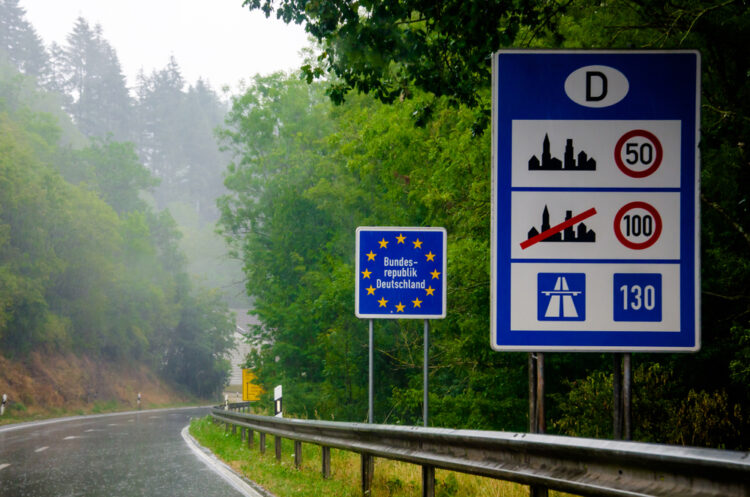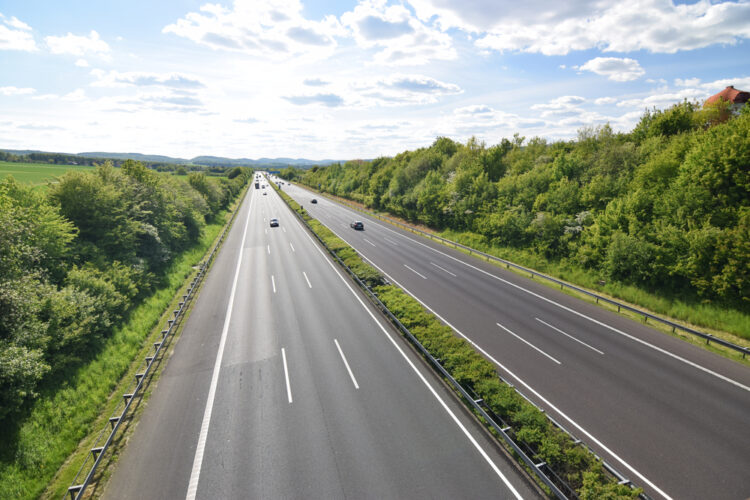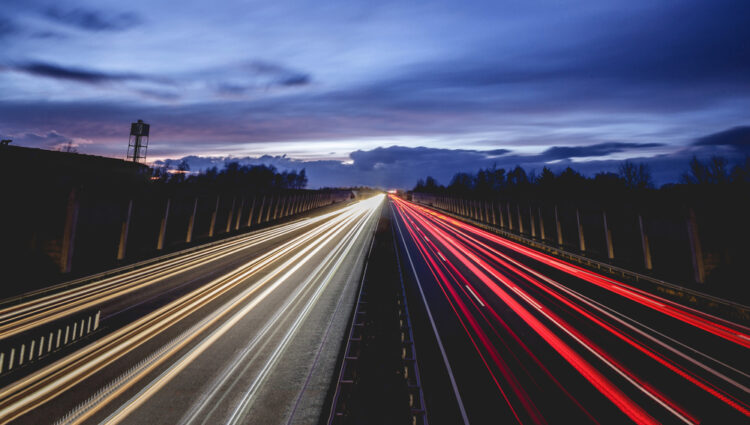The autobahn, a German term translating to “automobile road” or “motorway,” is Germany’s vast network of high-speed, limited-access highways. Renowned for its absence of a general speed limits on specific sections, the autobahn emerged in the early 20th century as a vision for advanced infrastructure and efficient transportation. The first autobahn section opened in 1932, and the network expanded significantly during the Nazi regime. After World War II, the autobahn continued to grow, and the regulation of its speeds and driving etiquette developed considerably.
While the freedom of driving without a set speed limit on some sections of the autobahn is often emphasized, understand that there are limitations in place. Approximately 70% of the network has no general speed limit, but there is a “recommended” speed of 130 km/h (81 mph). Further, around 30% of the autobahn does have specific speed limits, varying depending on road conditions, weather, and traffic density. Additionally, authorities have mandated “dynamic” speed limits, which adjust in real-time based on conditions.
The German Federal Police and state police patrol the autobahn and enforce traffic regulations to ensure safety. They strictly prohibit tailgating and driving under the influence and ensure vehicles are in good working order. Penalties for reckless driving and speeding can be severe, ranging from hefty fines to license suspension and even jail sentences in extreme cases.

Stretching over 13,000 kilometers (8,000 miles), the autobahn ranks as one of the most extensive highway systems in the world. It connects major cities, industrial centers, and neighboring countries, facilitating efficient transportation and contributing significantly to Germany’s economic activity.
Despite the high speeds permitted on the autobahn, it boasts a remarkably low accident and fatality rate compared to other countries with similar road networks. This can be attributed to several factors:
- Strict enforcement: Consistent monitoring and penalizing of dangerous driving behaviors contribute to a culture of responsible driving.
- Driver responsibility: German drivers are generally well-trained and aware of the potential risks associated with high speeds.
- Advanced infrastructure: The autobahn is built with safety features like wide lanes, breakdown lanes, and strategically placed emergency exits.
The largest autobahn wreck in history occurred on July 19, 2009, near Braunschweig, Germany. A combination of heavy rain and excessive speed caused a devastating 259-car pileup, resulting in 60 critically injured individuals.

Maintaining the autobahn at a high standard requires significant financial resources and expertise. Regular inspections, repairs, and upgrades are essential to ensure the network’s safety and efficiency. Dedicated maintenance crews constantly monitor the autobahn’s condition, addressing issues promptly. Advanced technologies like automated sensors and drones are employed to detect potential problems early on. Furthermore, efforts are made to minimize the environmental impact of maintenance activities, incorporating sustainable materials and techniques. The integration of intelligent transportation systems aims to optimize traffic flow, improve safety, and enhance the overall driving experience. Sustainability remains a key focus, with initiatives to reduce emissions and promote eco-friendly practices. Additionally, plans are in place to expand the network and modernize existing infrastructure.


